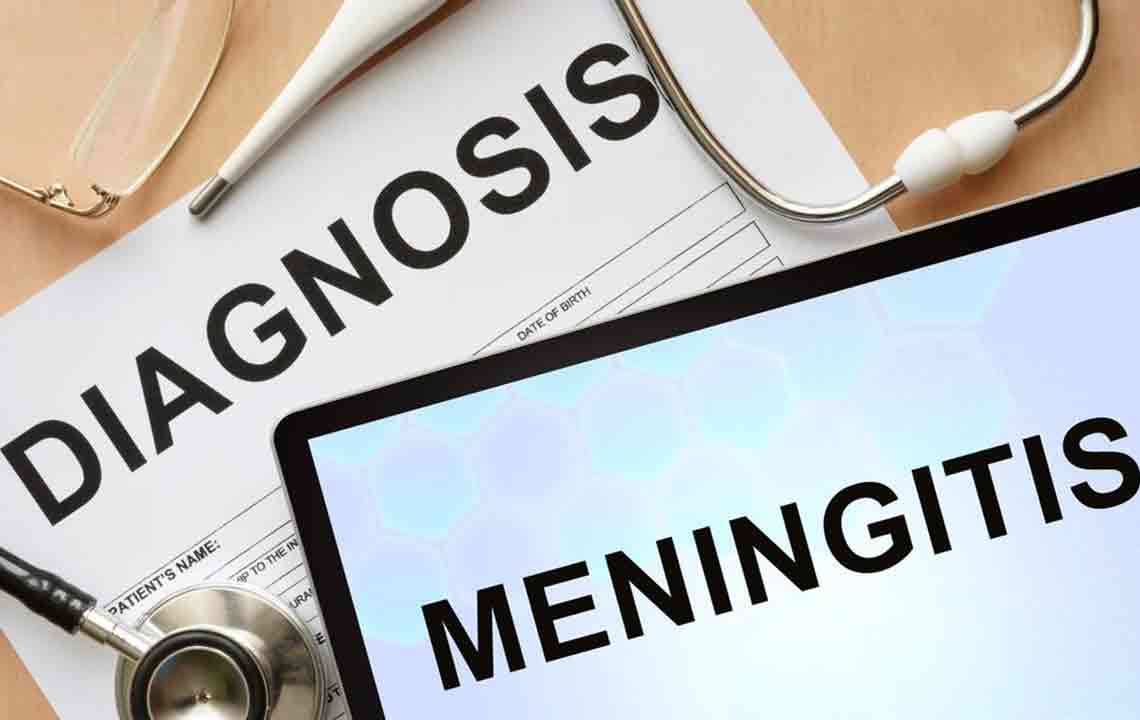Recognizing Signs and Symptoms of Meningitis
This article explains the various types of meningitis, their symptoms, and the importance of early detection. It details bacterial, viral, fungal, and chronic meningitis, emphasizing the need for prompt medical intervention. Recognizing symptoms such as fever, rashes, and neck stiffness can help in quick diagnosis and treatment, potentially saving lives. Vaccination and awareness are key preventive measures to combat this serious condition effectively.

Recognizing Signs and Symptoms of Meningitis
Meningitis is a serious inflammation affecting the membranes surrounding the brain and spinal cord. Although it’s a well-understood condition, early detection is crucial for effective treatment. The infection can be caused by bacteria or viruses, with varied severity. Many cases resolve without intervention, but severe instances require prompt medical attention and antibiotics. Understanding the symptoms is vital for swift diagnosis and treatment to prevent complications.
Meningitis primarily results when bacteria or viruses invade the meninges, leading to swelling. Common pathogens include bacteria such as Streptococcus pneumoniae and Neisseria meningitidis, known for causing severe disease. Vaccination and early recognition of symptoms play essential roles in prevention and management.
Understanding and Identifying Symptoms
Recognizing the signs of meningitis quickly can save lives. Symptoms typically appear within a week after infection. Initial symptoms may include fever, headache, neck stiffness, sensitivity to light, nausea, and vomiting. Skin rashes that do not fade when pressed are a warning sign needing urgent medical attention. As the disease progresses, symptoms can escalate to seizures, confusion, and coma. Early detection and treatment are vital for recovery.
There are different types of meningitis, each with unique features and implications.
Bacterial Meningitis
This form occurs when bacteria invade the central nervous system, leading to an acute condition. It can result from infections in the sinuses, ears, or throat, or through skull fractures and surgeries. Certain bacteria are more common culprits, including:
Haemophilus influenzae — Vaccination has greatly reduced cases.
Streptococcus pneumoniae — A major cause of bacterial meningitis, often originating from nasal infections.
Listeria monocytogenes — Found in contaminated foods like unpasteurized cheese and processed meats, particularly risky for pregnant women and immunocompromised individuals.
Neisseria meningitidis — A highly contagious pathogen affecting mainly teenagers and young adults, with potential for outbreaks. Vaccines are effective against it.
Early symptoms for bacterial meningitis include muscle pain, light sensitivity, fever with nausea, and skin rashes that do not fade when pressed. Later stages may involve severe complications such as seizures or coma. Prompt medical care is essential.
Other Meningitis Types and Their Signs
Viral Meningitis is generally less severe and often resolves independently. Caused mainly by enteroviruses, symptoms resemble flu or cold but may persist beyond a week. If symptoms linger, medical consultation is necessary.
Fungal Meningitis is rare but serious, caused by fungal infections that mimic bacterial symptoms. It’s not contagious but requires urgent treatment due to its life-threatening nature.
Chronic Meningitis develops slowly due to persistent fungi or bacteria. Symptoms include ongoing fever, confusion, and gradual health decline, often delaying diagnosis. Immediate medical evaluation is crucial if any such signs are observed.
Note:
Our blog provides practical information across various health topics. While our research offers valuable insights, it should not replace professional medical advice. Readers are encouraged to consult healthcare providers for accurate diagnosis and treatment. The site may not include all available schemes or offers that could benefit readers.










